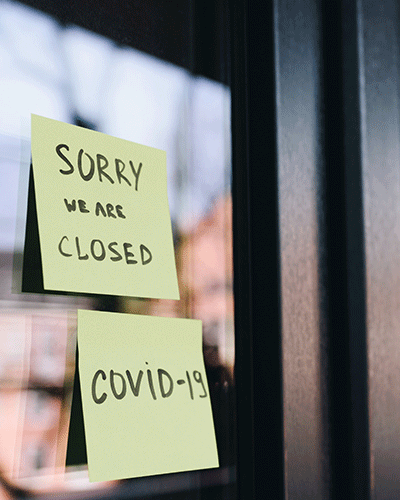In fall 2020, when COVID-19 shut down the world, a coalition of Hawaiʻi agencies – led by public behavioral health leaders at the University of Hawaiʻi – mobilized at the request of the state Department of Health (DOH). Their urgent mission: to provide safe isolation and quarantine options for people at risk, including homeless individuals, who were not able to comply with isolation and quarantine mandates.
The game-changing effort that saved lives is documented in a recently published paper in the International Journal of Environmental Research and Public Health. Lead author is Victoria Fan, an associate professor of health policy at the College of Social Sciences’ Social Science Research Institute. Fan and her research lab, the Pacific Health Analytics Collaborative (PHAC), supported public health operations, communications and analytics during the COVID-19 pandemic while enabling critical workforce development through student employment.
The team followed the Plan, Do, Study and Act (PDSA) improvement model and framework to fulfill its DOH directive. The PDSA case study offers lessons for collaboration led by a public behavioral health model that not only addressed immediate COVID-19 concerns, but also longer-term supports and services including housing, access to mental health services and other social services.
“The case study highlights the role and leadership of a state agency in building a coalition, including a public university, to respond to the pandemic,” said paper co-author Stephen Geib, a planner and PHAC policy research associate at the Research Corporation of UH. “The case study also discusses how continuous learning was executed to improve delivery of care to include food, testing and transportation assistance for Honolulu.”
Some of the key points and lessons learned from the implementation included:
- The larger group split into teams dividing responsibilities: triage, care coordination, hotel, transportation, food and supply, and testing. Key to the program’s success was employing an already-established 24/7 crisis call center, Hawaii CARES, which was administered by UH during the period of the study. Ultimately, standards of what the system would provide aimed for client placement in a hotel facility within four hours of a client’s initial request.
- Transportation services were essential in assisting individuals with behavioral health issues and in a crisis management situation, who included homeless individuals. During the program, individuals were transported to locations that had wrap-around services available while they were in quarantine. They also had a place to stay while awaiting their isolation time period to pass.
- Feedback loops were executed early and often. In August 2020, there would be at least one meeting daily with the leadership of each of the six teams, and numerous meetings between teams to discuss action moving forward. It was recommended that a dedicated communication system be built in the future to address large-scale emergencies that were compatible with other government systems.
Added Craig Yamaguchi, a PHAC policy research associate and medical student in Oregon, “We are excited to share lessons learned while working collaboratively and effectively with the Department of Health toward a shared goal of mitigating COVID-19 in Hawaiʻi.”
The article builds upon a 2021 article published in the Journal of Travel Medicine with a shared set of authors. Both articles demonstrate how a public behavioral health system and public university can play key roles in the state’s COVID-19 response while integrating and linking COVID-19 services with mental health services.
